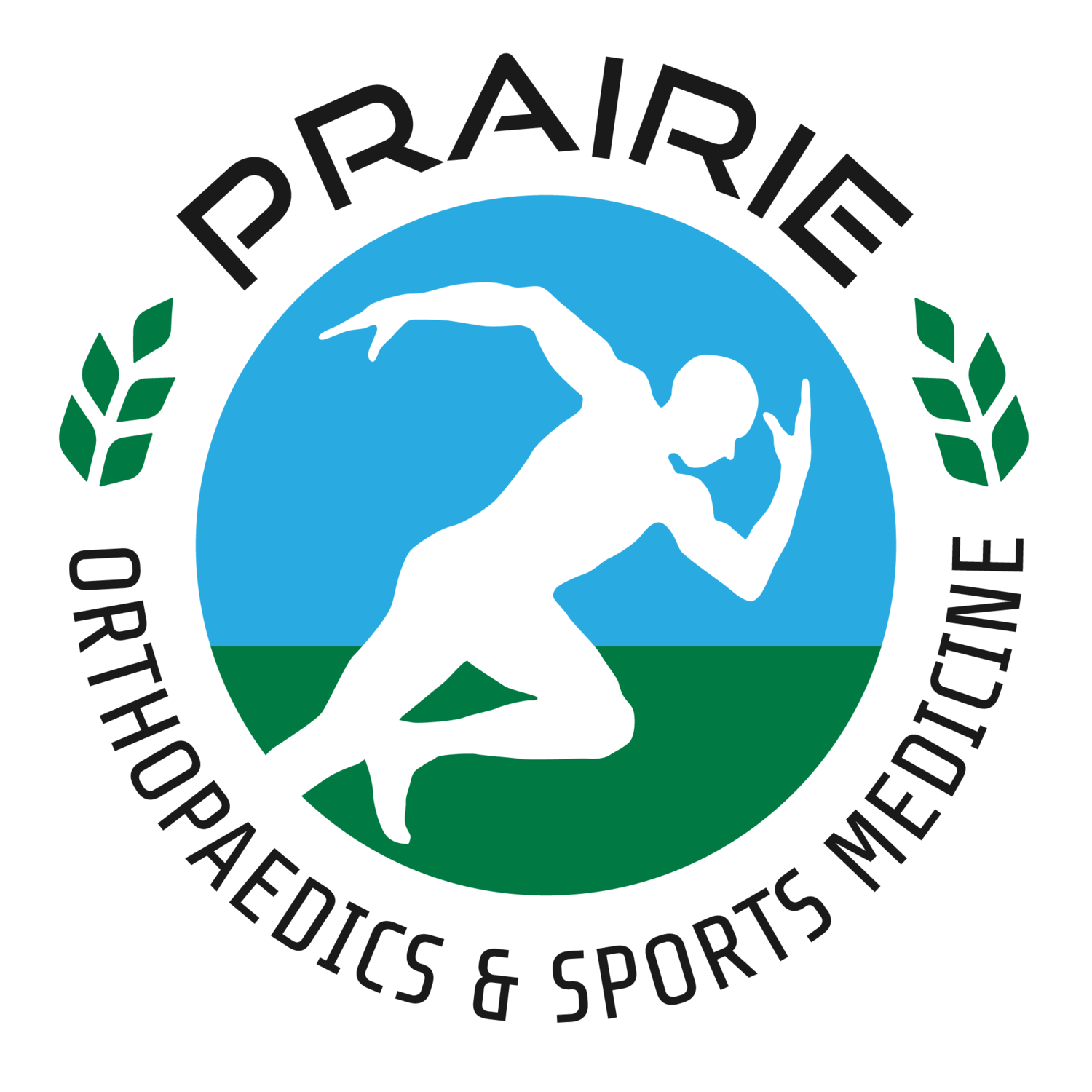DRIVING
When you can drive after an injury or surgery depends on many things that are different for every patient, including the type of injury or surgery you have, the anesthesia used, your overall health, age, and many other factors. The effects of pain, anesthetic, medications, splints, casts and braces, and limitations in how your body can move all affect your ability to safely operate a vehicle. While it can be an inconvenience not being able to drive, it is most important that you are safe before getting behind the wheel.
IMPORTANT INFORMATION ABOUT DRIVING
Patients must notify the SGI Medical Review Unit about any change in medical condition that may affect ability to drive, even for conditions that are temporary or transient (such as a cast, injury or a recovery period following surgery). This is in the Saskatchewan Driver’s Handbook (Section 2.6 - Medical Requirements). If you are involved in an accident that is related to your medical condition, you may not have insurance coverage and your claim may be denied. Please note it is the driver’s responsibility to self-report these temporary conditions to the SGI Medical Review Unit.
You can find more information and a link to the Supplementary Medical Application form here:
WHEN IS IT NOT SAFE TO DRIVE?
We recommend you discuss driving with your doctor and follow individual medical advice. Below are general guidelines about when you are not safe to drive.
Do not drive for at least 24 hours after receiving anesthetic. This time is needed to allow the effects of the anesthetic to wear off. If you had a minor procedure, are not taking any narcotics, have minimal pain, and your condition does not affect the ability to operate a vehicle safely, then you may resume driving 24 hours after your procedure.
Do not drive if you are currently taking narcotic pain-killers (for example - hydromorphone, morphine, oxycodone, Tramacet/tramadol, Tylenol#3/codeine).
Do not drive if you are having significant pain that could interfere with your ability to concentrate or your ability to move your body while driving.
Do not drive if you are using crutches and are not able to put full weight through your right lower extremity (either because of pain or because of your doctor’s recommendations) if driving a vehicle with an automatic transmission.
Do not drive if you are using crutches and are not able to put full weight through either lower extremity (either because of pain or because of your doctor’s recommendations) if driving a vehicle with a manual transmission.
Do not drive if you have a splint, cast, sling, or immobilizer on either upper extremity (for example - after shoulder surgery).
Do not drive if you have a splint, cast, orthopaedic boot, or knee brace/immobilizer on your right lower extremity (if driving a vehicle with an automatic transmission) or on either lower extremity (if driving a vehicle with a manual transmission).
Note: after removal of a cast/splint/brace, there may be a recovery period where you still should not drive (such as a few weeks) if there is pain, stiffness/incomplete range of motion, or inability to put full weight through that leg/arm.
The Canadian Medical Association Driver’s Guide states: Safe driving requires both hands to be firmly on the steering wheel, except as required to operate other controls, and the ability to solidly grip the manual gear shift, when and where applicable. It is also requires the ability to use the lower right leg to operate the accelerator pedal appropriately and to operate the brake pedal with sufficient speed and force to brake in an emergency, and the lower left leg to the same degree to operate the clutch, in the case of a vehicle with manual transmission.
So, if you -
Are not able to fully grip the wheel with both hands or;
Are not able to put full weight through the leg you drive with, or;
You have a cast/boot/splint/etc. on the leg/foot that you normally drive with,
you may not be able to drive safely, and you should not drive.
Please note: you cannot substitute your left foot for your right foot if you drive an automatic transmission and your right foot/lower extremity is affected (i.e. you cannot drive using your left foot if your right leg is in a cast).
WHEN IS IT SAFE TO GET BEHIND THE WHEEL?
Below are guidelines for when you are most likely safe to return to driving after your surgery or injury. Please note these are guidelines only. We recommend that you discuss this with your surgeon and follow individual medical advice. Alternatively, you may also contact the SGI Medical Review Unit if you have any questions about your ability to drive.
Please note these are the minimum timeframes for return to drive. It may take you a few weeks longer than this if you have more pain, stiffness, limp, etc. These guidelines are based on a review of the literature, including studies assessing ability to drive (particularly for upper extremity conditions) and braking time (particularly for lower extremity conditions).
Estimated minimum timelines for return to drive:
Upper Extremity Surgeries
Lower Extremity Surgeries
PARKING
If you are applying through Sask Abilities for the Accessible Parking Program Permit and you require one of the surgeons to sign this form, please print out the form at home and bring with you to your appointment with all of your information filled out already.
References
Is Your Patient Fit To Drive? Medical/Legal Implications Course 2016.
Marecek GS & Schafer MF. Driving After Orthopaedic Surgery. J Am Acad Orthop Surg 2013;21:696-706.
CMA Driver’s Guide – 8th Edition (2012). Section 21 – Musculoskeletal Disabilities
Saskatchewan Driver’s Handbook 2016. Section 2.6 – Medical Requirements.
MacKenzie JS et al. Driving after Upper or Lower Extremity Orthopaedic Surgery. Joints 2018;6(4):232-240.



